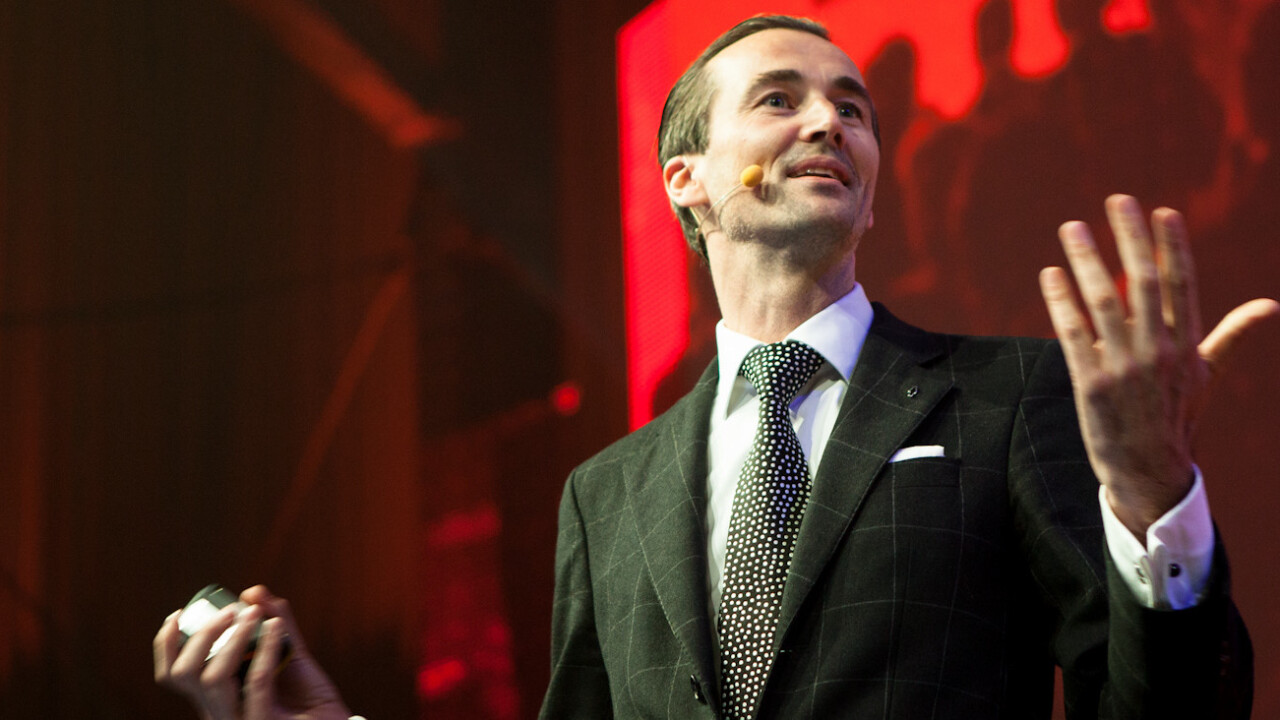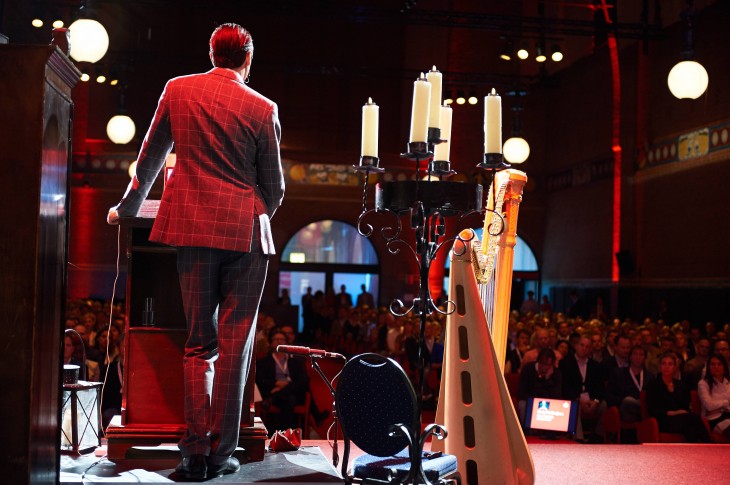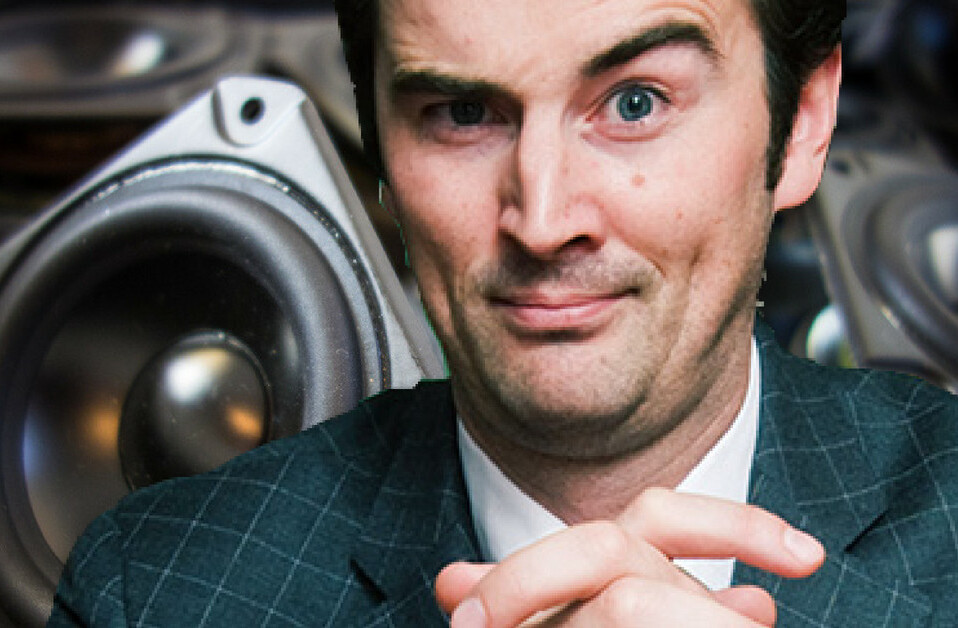
A while ago I wrote a story here titled ‘10 things you should NEVER say during presentations‘. It was shared a lot and received plenty of comments and feedback. Since then I have been to numerous presentations where I could see people making the same mistakes over and over again. Two times I heard someone tell the speaker “you should read Boris’ post on speaking because you’re making some of those obvious mistakes”. That was an embarrassing, but also interesting experience.
The problem with that post, however, is that it mainly focusses on what not to do. And while useful for some, it is generally more useful to focus on improving things, instead of just complaining. So I decided to write a follow-up post with some ingredients for successful presentations.
If you need to do a presentation in the future and want to make a good impression think about these elements. Got your own tips and tricks? Let us know in the comments section below.
Who are you?
At most conferences you will be introduced, and the audience will look forward to hearing your story. But even though they might know something about you it still makes sense to say a little bit extra about yourself. Don’t overload them with information but in one or two sentences why your background matters and makes it logical for you to hold the talk you are about to give. That framing makes it easier for people to digest what you are saying, and too often that is overlooked.
Help them find you
A lot of presentations end with a slide that shows the speaker’s name, URL, Twitter handle or email address. That slide is the displayed for 3 milliseconds and then they switch off the projector or switch to the next presentation. In other words, before your audience even has time to reach for a pencil or your laptop your information is gone. It helps to show your information on the opening screen and keep it there for a while. Some people show their email address and name in the footer on every slide they show. I generally start and close with my Twitter handle (@Boris) and invite people to contact me there.
Bonus tip: When you are in the audience and feel the end of the presentation coming, get your smartphone camera ready and just take a quick snapshot of that last slide. Don’t bother with writing anything down until later.
Real stories
People love stories. The best presentations I’ve seen didn’t feel like presentations at all, they were stories, told by people who had experienced something. If you need to explain something to an audience see if you can translate it into a story, or an anecdote, or even a joke. If you need to convey information then tie that information to a story. If that story is about something that happened to you, even better. If the story is funny, even better!
Entertain as much as inform
Which brings us to the next tip: feel free to entertain your audience. They are taking a break from something else. They’ve closed their laptops and are focusing on you now. Why not reward them with something interesting or funny. Not every bit of your talk needs to be on topic. It is perfectly fine to start off with something besides the point but entertaining. Don’t forget that people are better at listening to you when they feel like they are having a good time.
Perfect timing
When you are doing a presentation you are borrowing time. And it is respectful to be aware of that, and not abuse that trust. When you are given 30 minutes to do a talk feel free to use only 25 minutes. Your main goal is to entertain, inform and make it worthwhile for the audience to give you their time. I used to be very concerned with how much time I had for talks. My nightmare used to be running out of things to talk about. Nowadays my only focus is on giving a great talk. If that means ending in 15 minutes in a 30 minute talk then so be it. You can always take more questions from the audience, and the better your talk was, the more questions you will get.

Something to take home
Whenever I do a talk I try to think about something specific I can include that people copy or apply as soon as they get back to work. I learned that from a speaker at one of our events who had a hugely inspiring story, but then interrupted himself and said something like: “But you can apply this very easily tomorrow by doing the following…” A sigh of relief went through the room as people scrambled for their notebooks. Inspiration is cool and productive, but it really helps if you have something tangible to offer that your audience can apply right away.
Repetition can’t hurt
When you do a presentation you assume everybody is paying attention to everything you are saying. Reality is that they hear about 30% of what you say, and that they are constantly translating what you are saying to what they are working on at that moment. Also the things you think are logical might take a few different examples to make sense to people. That is why it never hurts to repeat yourself a few times. If you want to explain a certain principle first explain it. Then give two examples of your principle at work. Then, at the end of your talk go over the different principles you talked about and highlight each one shortly. Now you’ve explained your principle four times, and that might just be enough.
Help them remember at least one thing
It is very easy to overload people with information. You think you have 30 minutes for a talk and need to tell them a lot of stuff. But most people can’t really absorb a lot of information and chances are you are one of many speakers of the day. If you do a talk and 10% of the audience really listened to your story and they remember one, or two, things from it that they can incorporate into their lives, then you would be doing very well. Focus on a big thing that they can remember and that will have impact. Keep your story simple and clear.
Connect with your audience
When you talk you want the audience to get the impression you are talking to each and every one of them personally. The more personal your story is the better it will come across. I’m aware of that and use a few simple tricks to make my story more personal. First of all, when I’m announced as the next speaker and I’m standing on stage, I look at the audience. Not just for a second, but for as long as possible, and at individual audience members. I’ll try to look as many people in the eyes as I can, and will smile or even wave, at a few of them. Why this works so well is for two reasons. In a bigger room with a little bit of a distance from the stage, the audience won’t really see what or who you are looking at. If you look into the middle person in a group of 50 people they all get the impression you are looking at them individually. By slowly scanning the crowd and smiling at a few people a lot of people get the impression you are looking straight at them. I keep doing that during my talks as well, also to get a feel of how my talk is going over, and to keep my connection with them alive.

Conclusion
Be personal, talk from experience, feel free to entertain as much as inform, be practical, connect with the audience, shorter is better than too long. Your main goal is to tell a story that will inspire, that will be repeated and that people will repeat to others. Feel free to take some liberties with the truth, if it helps your story. Nobody is counting whether a talk titled ’10 ingredients’ really contains 10 ingredients, if the points are valid and helpful. Or are they?
Get the TNW newsletter
Get the most important tech news in your inbox each week.





